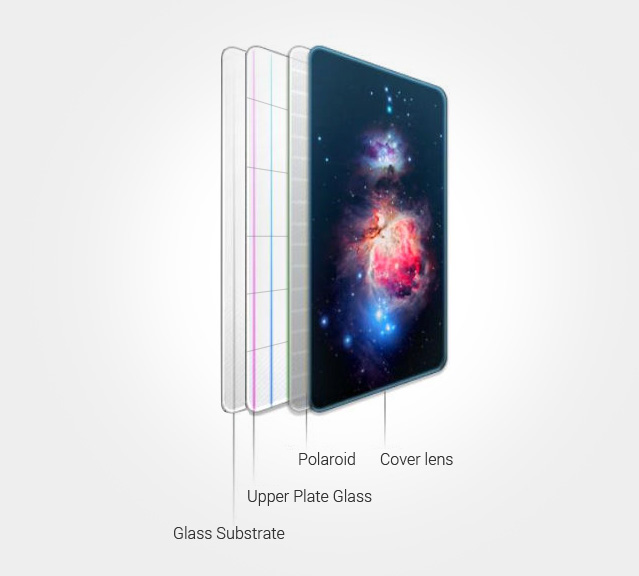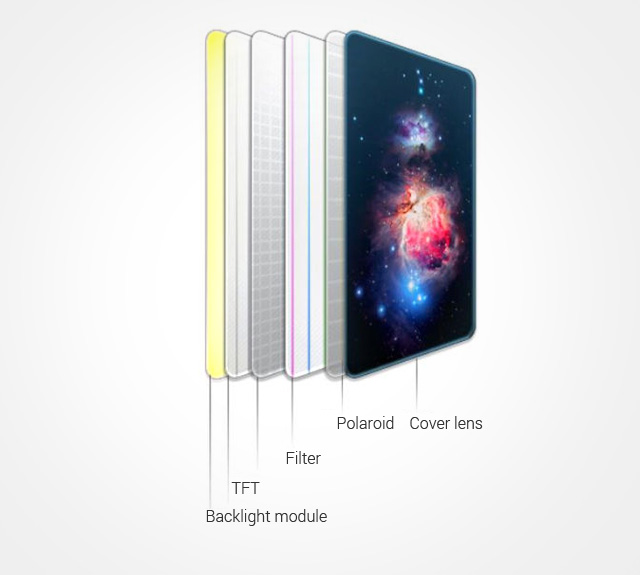What is AMOLED?
AMOLED is Active Matrix Organic Light Emitting Diode. Its core part is still LED.It’s very common to see LED in daily life.There are many small size of LEDs on the screen,and they are divided into three sub-pixels of red, green and blue. Then different colors are combined, and the arrangement of sub-pixels will directly affect the whole display effect.The “O” of AMOLED stands for Organic, which means a series of organic thin film materials are used between the positive and negative electrodes to achieve the purpose of luminescence.
The advantage of OLED screens is pixels can be highly controlled, each of them are independently controlled to achieve better contrast ratio. In addition, turning off unnecessary pixels when show the picture,also could get lower power consumption.Further,simple structure and good transparency,which are conducive to OLED achieve higher brightness and wider viewing angle.
Contrasting with LCD,OLED screen can be produced as more thin,it’s ideal for mobile devices like mobile phones.Along with the mature technology of flexible plastic substrates to replace hard backlight OLED will have great advantage in flexible screen,which makes the devices shapes can be customized in the future.
The advantage of OLED screens is pixels can be highly controlled, each of them are independently controlled to achieve better contrast ratio. In addition, turning off unnecessary pixels when show the picture,also could get lower power consumption.Further,simple structure and good transparency,which are conducive to OLED achieve higher brightness and wider viewing angle.
Contrasting with LCD,OLED screen can be produced as more thin,it’s ideal for mobile devices like mobile phones.Along with the mature technology of flexible plastic substrates to replace hard backlight OLED will have great advantage in flexible screen,which makes the devices shapes can be customized in the future.





